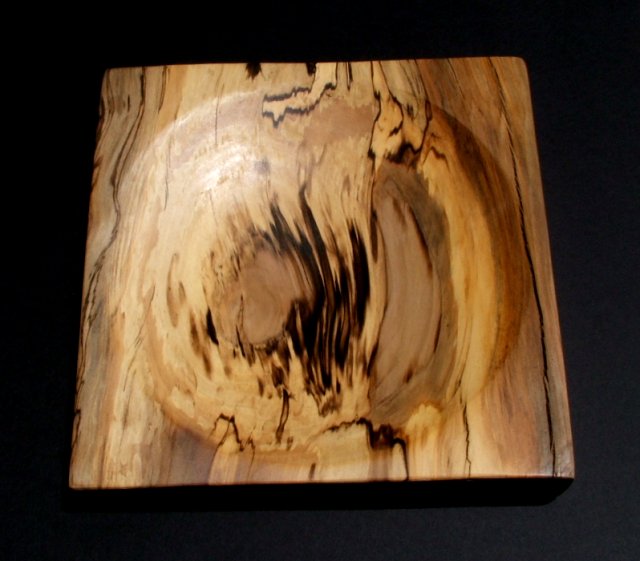Question
I am working with sweet gum for the first time. I sawed the logs last fall, air dried the 5/4 boards and put them through a solar kiln this Spring. The wood is beautiful. It is easy to mill and finishes great. It is really a joy to work with.
My problem is the extremely high losses during drying. Checking and splitting resulted in a loss of ~25%. Bowed boards accounted for another ~20% and made it difficult to joint a straight edge. Cupping is minimal, so the loss is mainly across the width of the boards. I quartersawed/plain-sawed the logs using a Lucas mill.
I would hate to relegate sweet gum to a hobby wood, since it is abundant, easy to work and beautiful. Any help with this bowing problem?
Forum Responses
(Sawing and Drying Forum)
From contributor F:
Bowing problems can be lessened by tall stacks (more weight). Applies somewhat to the crowning issues as well. Bottom line is that it is a tough wood to dry. It is an underappreciated resource mostly due to these issues. My limited experience is that it is reasonably stable once dried.
Overall, the wood shrinks about 15% in drying, which is much higher than most other hardwoods. It also has interlocked grain that causes this warping and splitting. Gum also moves considerably after drying when the RH changes; that is, it is not known to be especially stable. For best color, the wood is, and has been for decades, often steamed prior to drying.
In short, your experiences are normal for this wood.
In gum, it seems the amount of tension in the log is exacerbated by the interlocking grain, and these logs will move more. I remember milling a fresh-felled gum log that had a good amount of lean when it grew and some of those boards just arched skyward as I milled down the log. So avoid taking gum trees with a lot of lean or that are limb-heavy on one side. Look for the absolute straightest trunks with the least crotch wood; a tree can appear to have balanced weight distribution in the crown, but there's no way to know how the tree has responded to that stress.
I now fall sweet gum in early winter and let the logs lay sealed, in the shade, a couple of feet off the ground for several months. Not into fall, but late winter. Saw and sticker and weight as heavy as possible. I haven't decided if I have any less loss by air drying down to 20% before putting in the DH kiln or going right into the kiln. I have done it both ways and couldn't see much difference in the amount of loss to movement. I did, however, notice a difference overall simply by letting the logs lay in the winter; I believe the logs lose enough tension that it makes a noticeable difference once milled.
The worst movement I deal with in gum is twist. I hate twist and there is no way to avoid it in this species. Maybe I just notice the twist more because I dislike that defect the most of all (as far as warp goes). It will bow, crook, cup, and twist and all you can do is try to minimize. Some say you cannot minimize movement in this species, but I believe I have seen a noticeable difference following the routine I described.
Just accept the fact that it takes more work and you'll have higher loss, or leave them in the forest. You stated you would hate to relegate it to hobby wood, but that's where it already is, and it's doubtful you'll ever get it out of that category unless you can find a market that will pay the 20%+ more for it to make up for the inherent losses that other species suitable to their needs simply don't have. Yes, I hear furniture makers used to use it, but I don't know how it ever competed with other more suitable species if that's the case.
I think Koppers takes sweetgum and the tie market is pretty strong right now.
I find the interlocked grain woods like sycamore and sweet gum do okay as long as they are not glued up in wide panels. Gluing them up in wide panels is asking for heartbreak.
I have used sycamore successfully as secondary wood like drawer sides. I believe sweetgum would work very well as paneling where each board is free to move unconstrained. That is what I intend to do with the beautiful sweet gum that I have. Either that or make small boxes. I will never try to use it in tables and furniture where flatness is important.
